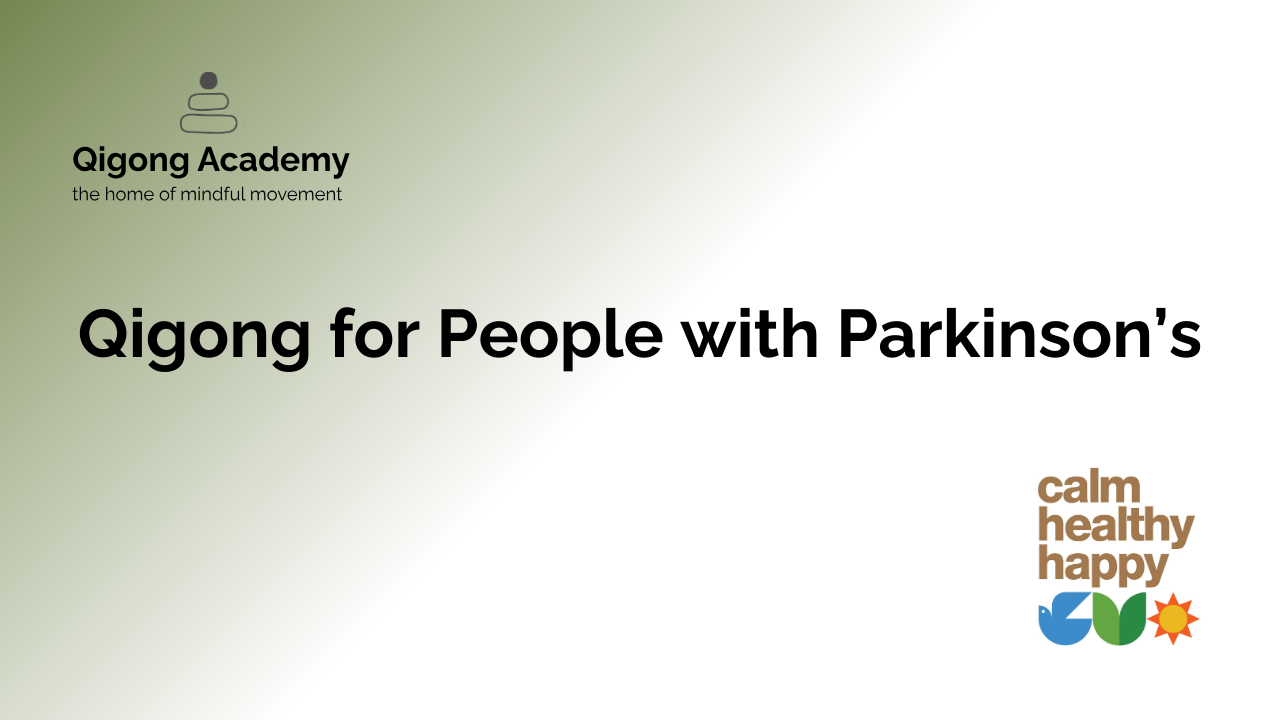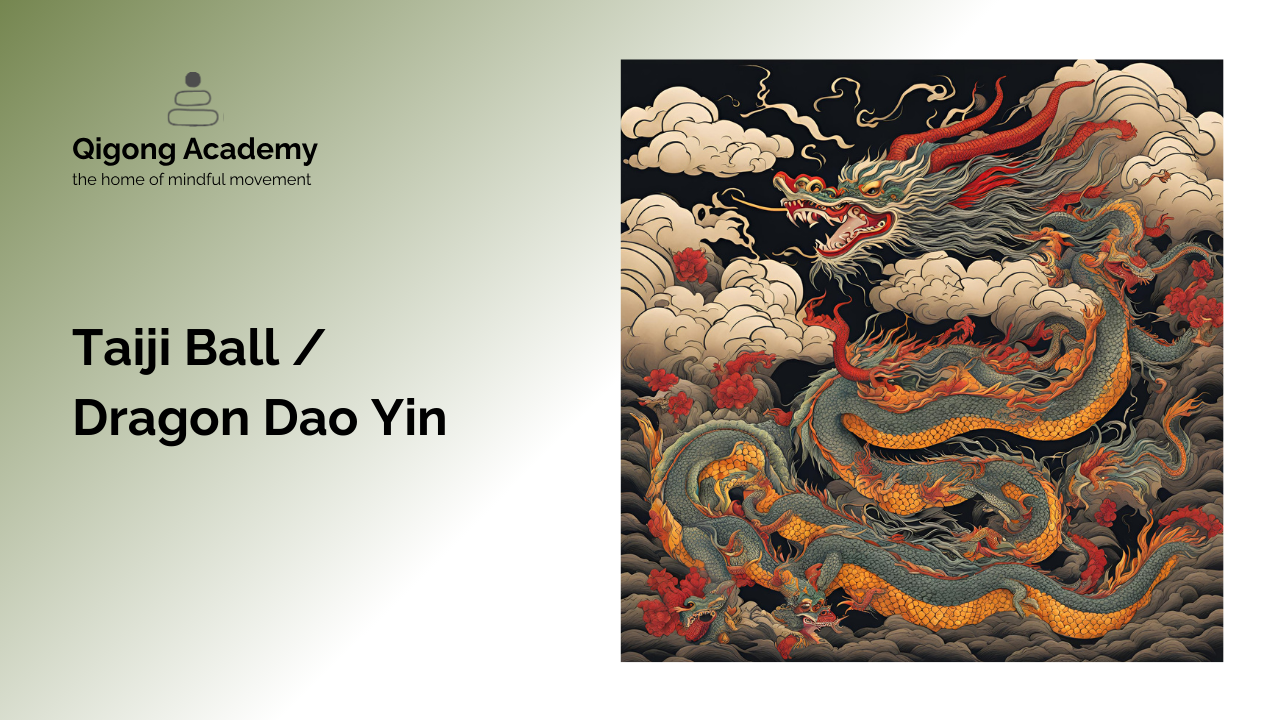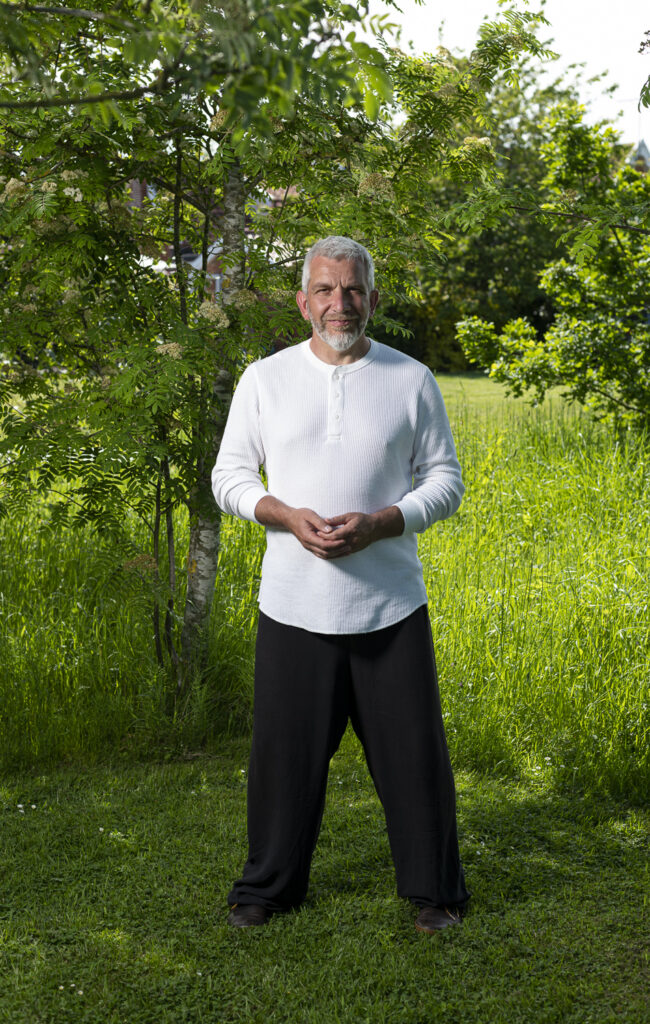The Three Components of Zhineng Qigong
It might be human nature, it might be a cultural thing, but we seem to have a need to subdivide and categorise things in order to understand them.
Within the realms of Qigong there are many ways to subdivide and categorise to help us to explore the concepts that reside within the practice, but unlike western science which rejoices in going deeper and deeper into the categorisation of things, the practice of Qigong ultimately leads to oneness, and in oneness there are no subdivisions.
So, which Three Components of Qigong am I talking about?
I’m referring to the Methods, Applications and Theory.
All three components would benefit from far more than a paragraph in which to describe them, but for today’s purposes I’ve stripped down the definitions to something that I hope is accessible, rather than complete:
The Methods of Zhineng Qigong are the physical movements that are associated with Qi Gong. The methods are what we first begin to practice; they provide us with meditative space, time for introspection and most importantly our time to immerse ourselves in the Qi field. As we become familiar with the methods we can go more deeply into them in order to train our body and mind for our individual purposes.
The Theory of Zhineng Qigong, known as Hun Yuan Entirety theory, is the foundation for our practice. In simple terms, it states that at the heart of everything is something that we could describe as consciousness. This pure consciousness (known as Yi Yuan Ti) is guided by both our mind (Yi Shi) and the information and beliefs we hold about reality (our reference framework).
The Application of Zhineng Qigong is the way in which we apply the methods and theory into our daily lives. It’s neither Theory or Method, it could be considered the parts of practice that manifest as habitual responses in daily life.
So why is it important to have all three?
- Method without Theory or Application is simply movement.
- Theory without Method or Application is just academic understanding.
- Application without Theory and Method is just day to day life.
Although there are benefits in combining two components, the system is still compromised:
- Methods and Theory combine well during practice, but without the ability to apply them into daily life, we can only really experience the benefits of Qigong for short periods of time.
- Methods and Applications combine well, but without theory we are simply enjoying the benefits of movement and the physical changes that this brings about in daily life. You could say that we’re working on the body but neglecting the mind.
- Applications and Theory combine well. When we can live our day to life with an awareness of the Hun Yuan Entirety theory we can more easily recognise both our reference framework and the power of our mind, but without the methods it’s difficult to expose our more deeply held aspects that define how we interact with our world.
As in many other approaches and traditions, the combination of the three components of Qigong provide far greater benefits than the three aspects can offer in isolation. This is due to the way the components interact, they question each other and support each other, the dynamic tension that exists between them creates the space for growth and change.
Regardless of how effective your practice is, if it doesn’t merge these three components, there is so much more potential to be released.










